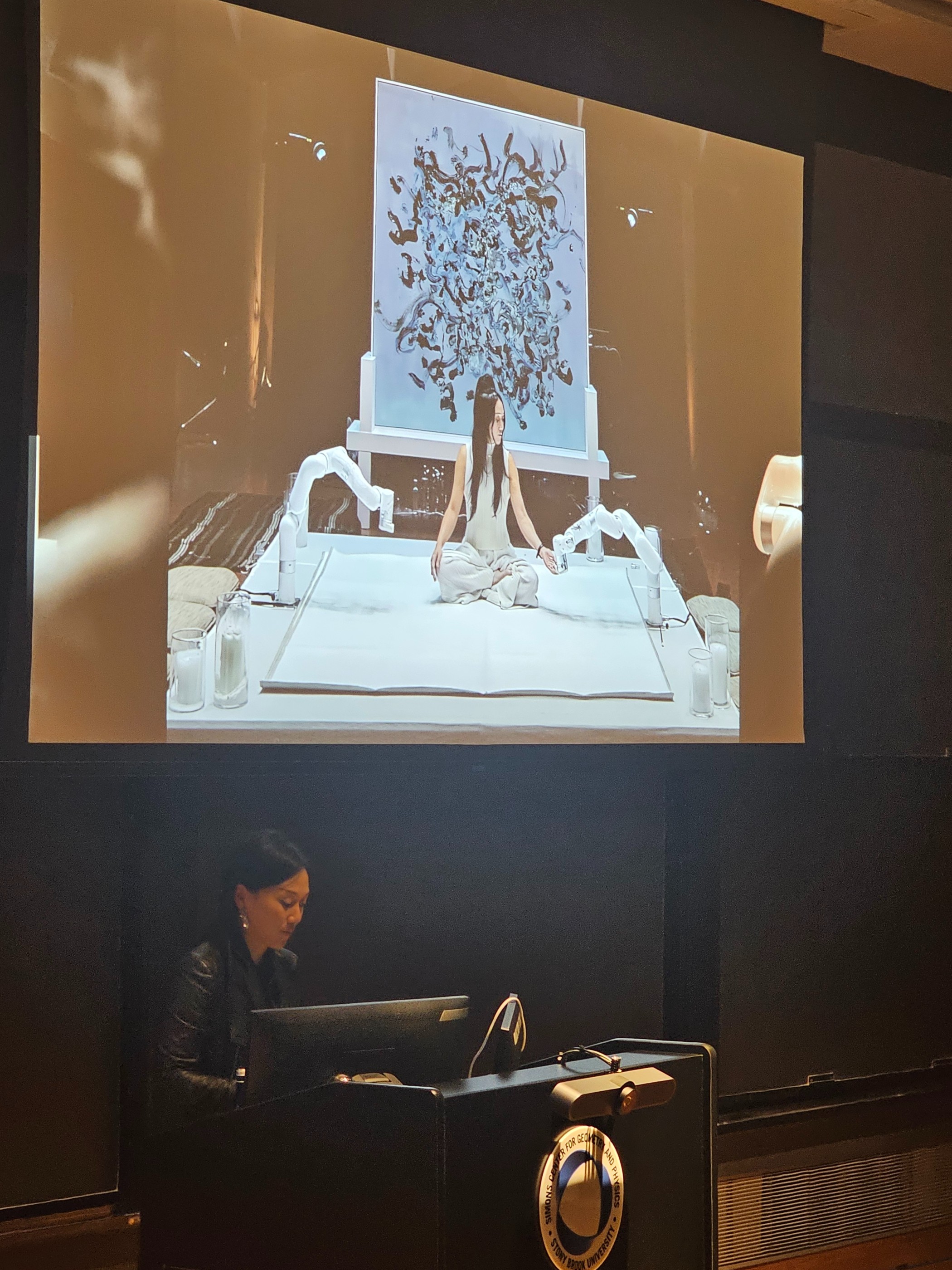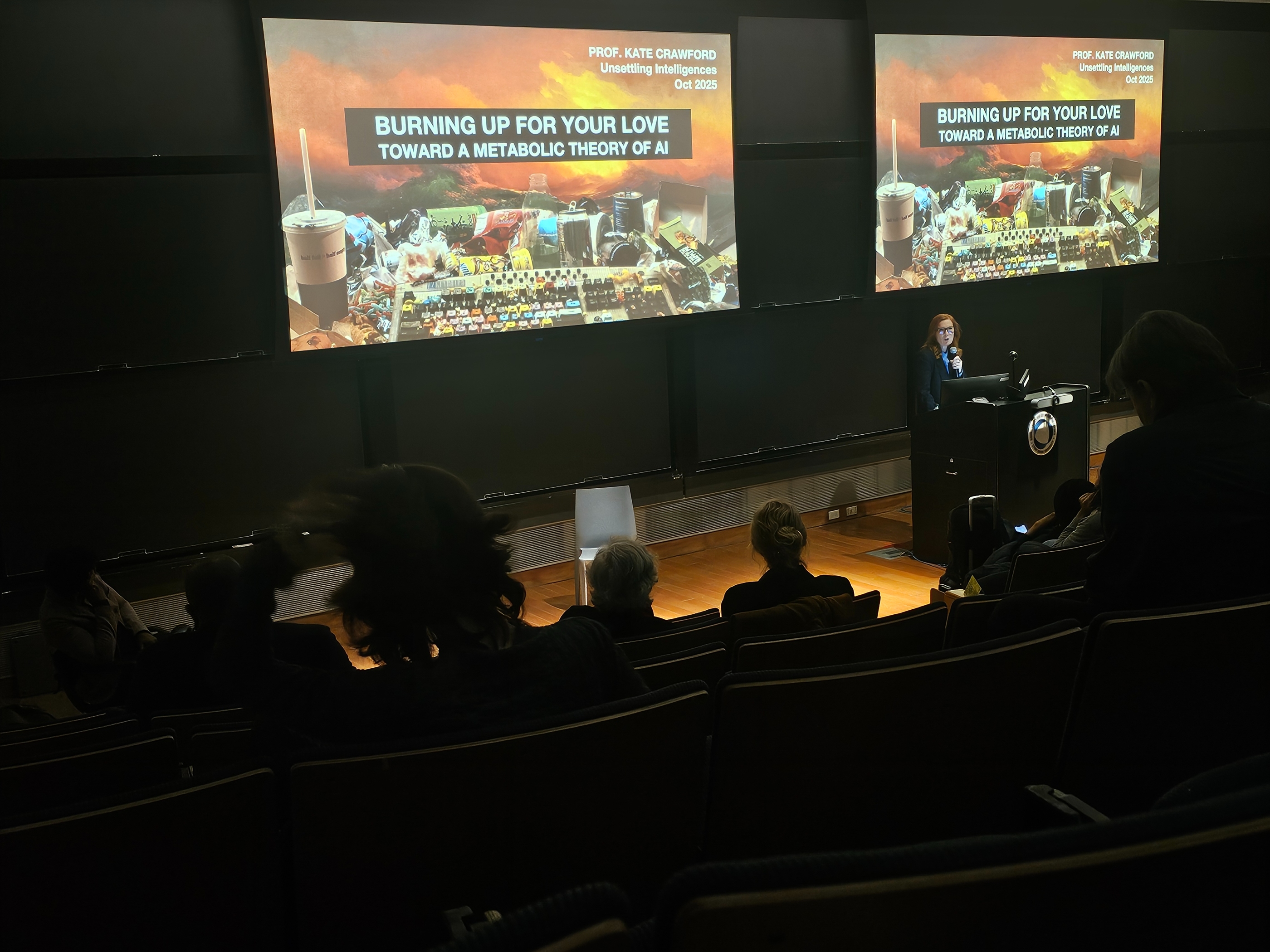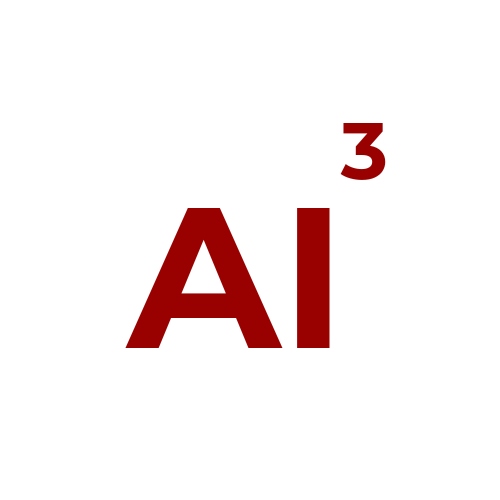
Stony Brook, NY, November 9, 2025 — On the morning of October 24th, art and artificial intelligence met in unusual harmony within the bright glass halls of Stony Brook University’s Simons Center. The campus became a site for dialogue between artists, theorists, and technologists, convening to ask a pressing question: what new ways of thought, creativity, and responsibility emerge when art and AI converge in a world of expanding technodiversity?
Co-presented by the Future Histories Studio at Stony Brook University and the Guggenheim Museum, New York, the symposium ‘Unsettling Intelligences: The Politics of Reason through AI and Art’ marked an ambitious partnership that blurred the line between research and exhibition. Organizers Stephanie Dinkins, Kusama Endowed Chair of Art at Stony Brook, and Noam Segal, LG Electronics Associate Curator at the Guggenheim, gathered a global assembly of voices to probe how artificial intelligence is transforming the politics of perception and creativity.
Throughout the day, speakers returned to one central idea: that AI does not simply extend human thought but exposes its limits. “We aimed to examine the profound transformations brought by automation,” said Noam Segal. “As these systems become ever more embedded in daily life — largely invisible yet deeply consequential — they challenge the very foundations of subjectivity and governance.”

The conversation unfolded into an intricate web of perspectives. Joanna Zylinska, professor of Media Philosophy and Critical Digital Practice at King’s College London, asked whether human creativity can still be defined by its uniqueness when machines now co-create music, literature, and visual art. Her reflections resonated with Louis Chude-Sokei’s historical analysis of how systems of ownership — from slavery to intellectual property — traced how Western societies have historically conferred or denied rights to certain peoples, linking the ownership of the enslaved to the modern ownership of algorithms. “What connects them,” Louis argued, “is not just labor or profit but the idea that intelligence—human or machine—can be commodified.”
Artists responded to these questions through the textures of matter and movement. Artist and researcher Sougwen Chung shared performances with robotic collaborators that mirrored and extended her gestures, transforming painting into a form of conversation between flesh and circuitry. Zainab Aliyu reimagined computation through memory and ritual. In her talk, “Death as a Moment of Radical Continuity,” she drew parallels between early computer memory and the opele divination chain, a form of ancestral memory in Yorùbá Nigerian lineage, to explore how cultural value systems are embedded in the objects we build and the mythologies they generate.
Every dataset carries a history, every algorithm a worldview.
Zainab Aliyu
This insight echoed in the later sessions, where the language of art gave way to philosophical urgency. In her keynote, Kate Crawford, a leading AI scholar, artist, and professor at the University of Southern California, outlined how today’s AI models are trained on synthetic data that increasingly references other synthetic data — a recursive process that threatens to destabilize the systems we depend on. But her critique extended beyond computation: “AI,” she argued, “mirrors extractive economies that drain natural and human resources alike. The politics of intelligence, in other words, are also the politics of ecology.”

The symposium closed with Manthia Diawara, who invited the audience to imagine intelligence beyond circuitry or species. Drawing from his film AI: African Intelligence (2023), he spoke of intuition as ancestral technology — a mode of sensing and remembering that predates the machine yet might guide its future. His words reframed the day’s dialogue not as a critique of AI, but as a call for technodiversity: a recognition that knowledge, like life itself, thrives in plurality.
Unsettling Intelligences asks us to see AI not as a neutral future, but as a mirror of the histories that built it. Prismatic reason — a way of thinking that honors multiplicity, memory, and care — offers a path beyond the narrow logics we’ve inherited. If we want technologies that serve us all, we must build them with many truths in view.
Stephanie Dinkins
By nightfall, Unsettling Intelligences had revealed something radical: that the future of artificial intelligence cannot be separated from the cultural histories and ethical frameworks that shape it. The collaboration between Stony Brook and the Guggenheim did more than convene a symposium. It created a stage where art and AI could meet on equal terms, asking together what kinds of minds, human or otherwise, the world now needs.

